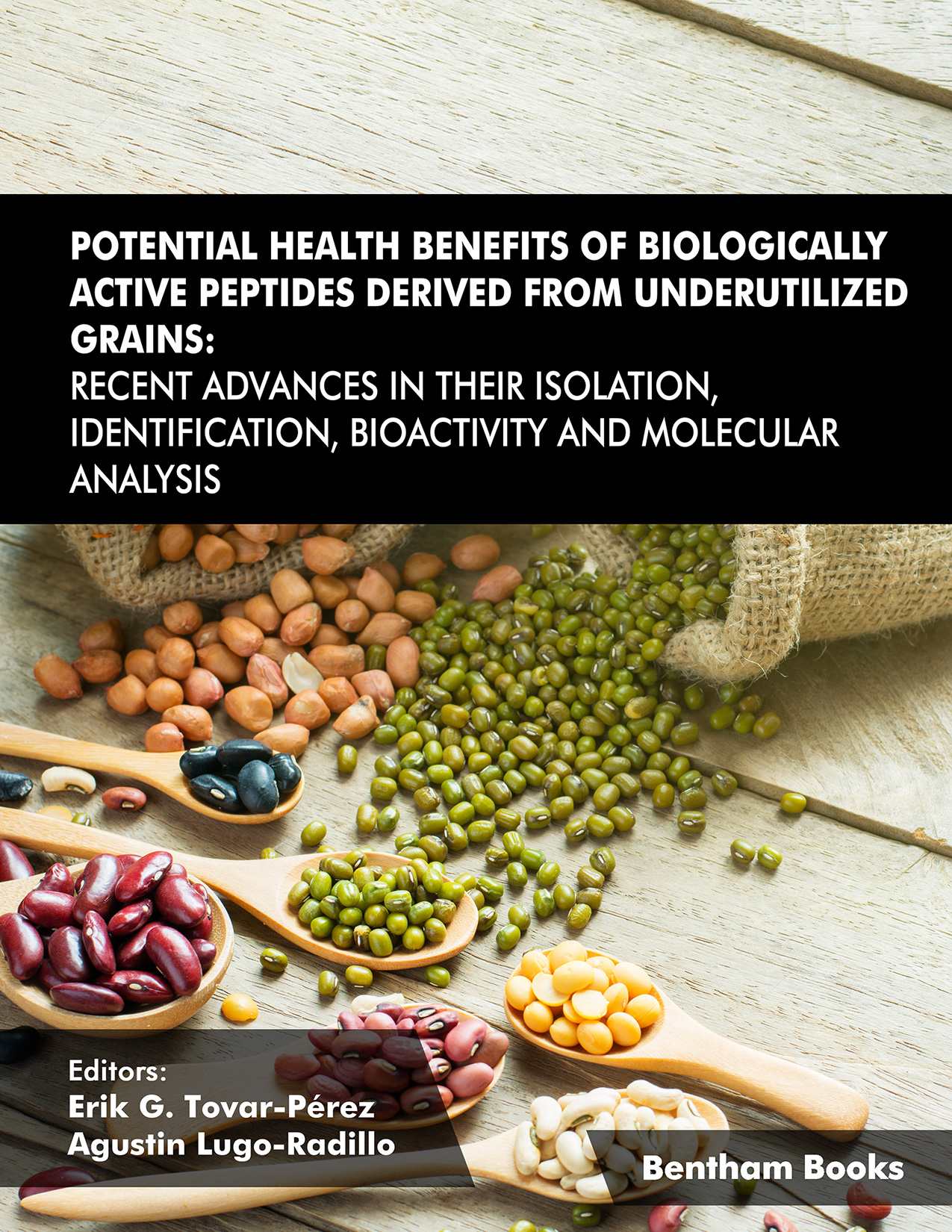Introduction
This volume is a complete review of the cutting-edge scientific evidence about the isolation, identification, bioactivity and molecular analysis of the biologically active peptides (BAPs) obtained from several underutilized grains.
It provides a general review of current and new technologies in isolating and bioprospecting BAPs before going into the details of 11 grains. Amaranth, quinoa, millet, buckwheat, sorghum, lupin, mung bean, chickpea, broad bean, cocoa bean and chia are extensively discussed in dedicated chapters. Additionally, these chapters provide information about the characteristics of the crop, its main varieties, traditional uses, economic importance, nutritional aspects, structure and chemical composition of the grains, as well as the classification and distribution of the grain protein fractions. Moreover, the advances in the analytical techniques used for the concentration, purification and molecular characterization of BAPs are described. The impact of BAPs in the promotion of health is highlighted, as well as their potential incorporation as promising ingredients in the development of functional foods, nutraceuticals and cosmeceuticals. Finally, the main findings related to the potential antiviral and anti-COVID-19 activities of BAPs derived from underutilized grains are described.
This reference will be of interest for academics, professionals and researchers focused in food science, biotechnology, pharmacology and agriculture, and to professionals involved in the research and development of natural products, pharmaceuticals and cosmeceuticals.
Audience
Academics, professionals and researchers focused in food science, biotechnology, pharmacology and agriculture, and to professionals involved in the research and development of natural products, pharmaceuticals and cosmeceuticals.

